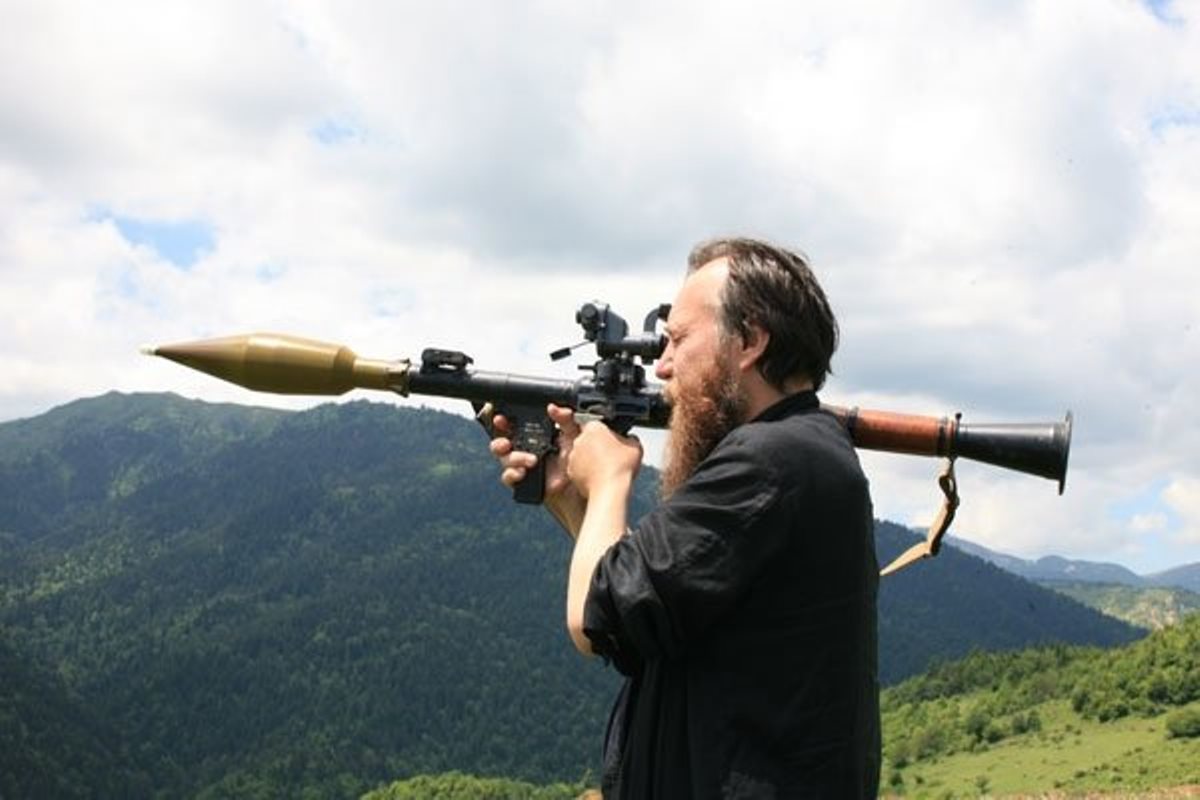Agnes Igoye works as Uganda’s Deputy National Coordinator for Prevention of Trafficking in Persons. She also initiated the Huts for Peace program with the Clinton Global Initiative. Here, Igoye tells us about the start of the idea: visiting a community in Uganda where 15 women had become homeless because of brutal acts of war in the region. She helped the women get organized and build huts on church land, turning their lives around in the course of just a couple of weekends. Through the Clinton Global Initiative University, Igoye is committed to building care centers for survivors of human trafficking and training law enforcement to better recognize and combat the illegal activity.
Agnes Igoye: One thing about making commitments of action is, I keep telling people: don’t make it cast in stone.
When you go to the field keep asking questions. And I remember I was responding to the children who were abducted by the Lord’s Resistance Army. I was in northern Uganda and then I just kept asking questions.
Then I asked, “What happened to the women who went through the war?” Because there was a lot of, you know, rape, as a weapon of war.
And the local concert chairman told me okay, there are 15 women. So I took a bus to meet these 15 women because some of them were raped, homeless.
So I just went to meet with them and I just started asking questions.
First of all I said you are fifteen people, you have one man in the group. How is that? And they told me that this man knows how to read and write, so that’s why they have him in the group. Because when they talk about their issues and all that there’s somebody who can read and write.
So for me, that was already communication—that the women do not know how to read and write.
So I thanked the gentleman for being part of the team and I asked them which villages they come from. That’s when I started hearing stories of homelessness. One woman told me how her husband was abducted and then the rebels used him to come and kill his own people. So in retaliation, his people sent her away with her six daughters.
So you can imagine, every night they have to look for where to sleep, to stay. And woman after woman told me how they are homeless. So then I asked them a question: what does it take to have a house? Because those are, you know, grass thatched houses.
And then they started to tell me it takes grass, it takes water, it takes this.
I’m like, where can we get those things? And then they started to tell me—so it’s them actually getting their own ideas.
Then I told them, what do we require that needs money? So it came to nails, you know, things like wood to make the doors and stuff like that.
But most of the things, the materials would come from their own communities. And for me I remember that day I said okay, I’ll leave money for two huts—because those are the houses.
And I say okay, in which order are we going to get this housing?
So they also knew which woman was more desperate. “Okay, this one who has more children and this one doesn’t have anything.”
So they made their own decisions. And then we started dividing roles:
“Okay, this is the money I have, so who will keep this money?” So we already got an accountant. We had somebody in charge of water. We had somebody in charge of cooking food while the others are building. And the next weekend —because it was urgent—it dawned on us that some of the women did not have land. And we said okay, who can we ask for land? Who has land in this village? And they said oh, there’s a church.
So we went to see the head of the church. We said okay, we need land.
So great enough so he offered some land for women who didn’t have.
I started going back over weekends and actually building the huts and through that mud while others are collecting water. So it was a scene in the village.
And so when the men saw us do that they got embarrassed, and they would come and join us as volunteers. As we built we’re talking about issues of peace. We’re talking about issues of HIV Aids, which were affecting them. And then through the discussions—because I wanted to find out: are the children going to school, now that we have land?
That’s when it came to my mind that okay, I’m going to offer to buy an ox plow and then we can lend that to people who have the cows, the cattle.
And then they can also lend us the cows in turn so that they can pull the ox plow and we plow our gardens in turns and collectively.
So when they do that and then they grow the crops, so these crops can be sold and money used for medicine and taking children to school. That’s how the Huts for Peace program was born. I didn’t plan it, but at the Clinton Global Initiative they teach us to be creative.
You meet very many people in this network and you’re made very inspired.
So that’s how the Huts for Peace program was born and I’m really happy about that. Because it is their project. Even as I sit here they continue building! And they build communities and women knowing that the power is in their hands.
And when women are given sources of responsibility, before you know it they start campaigning in the village and become village leaders. So that is growth, and you see children going to school, and you see involvement happening by the people themselves.





